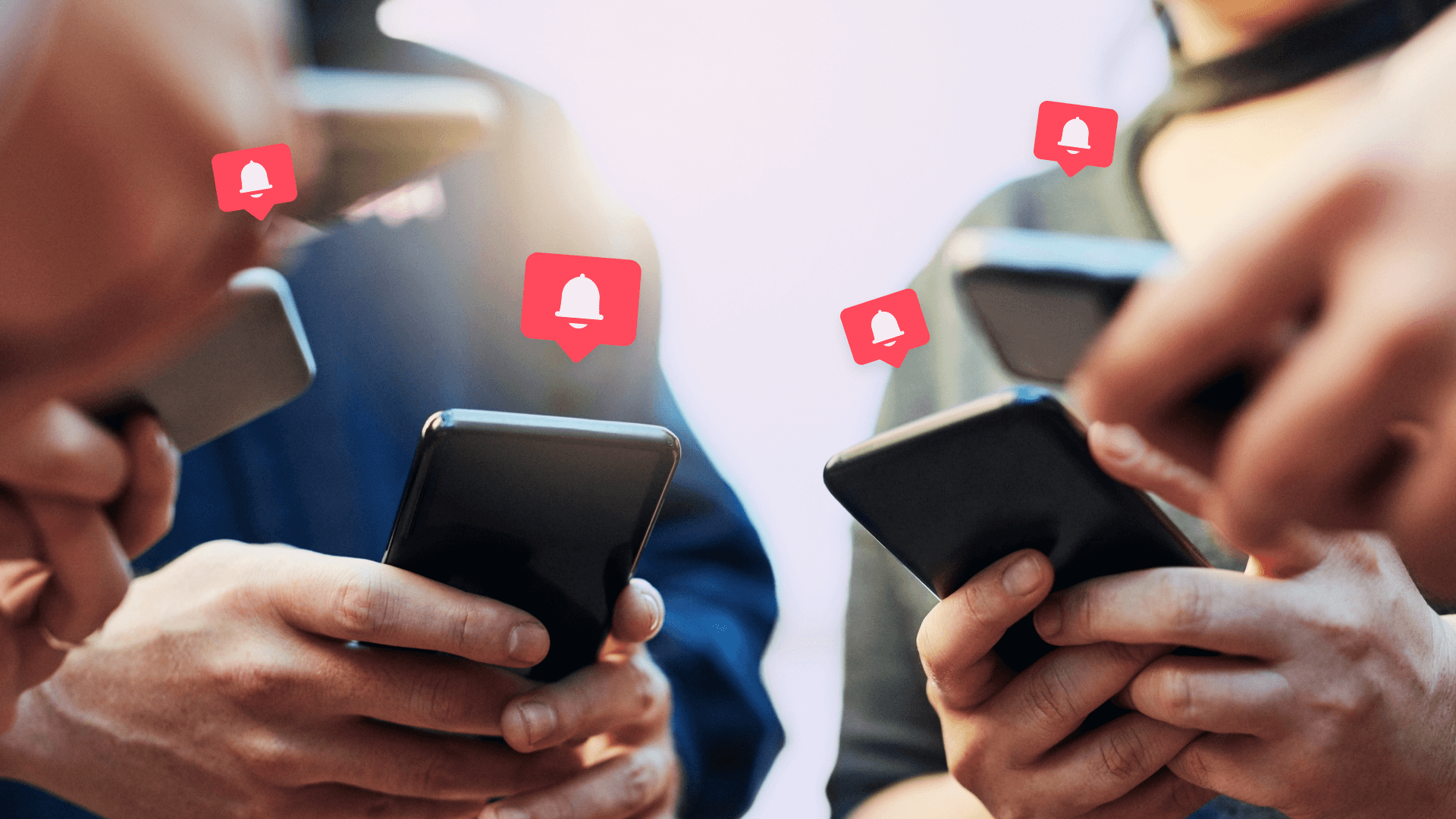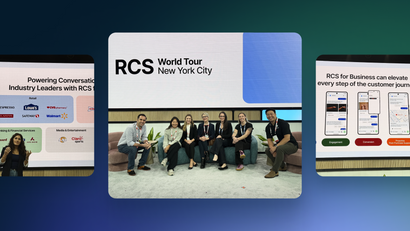Your mobile app onboarding process is a key driver of early engagement and the perfect opportunity for a lasting first impression. While this experience is crucial for setting the stage, it’s really only the tip of the iceberg. The real challenge lies in what comes next: keeping those onboarded users engaged and loyal over the long haul.
This is where many mobile marketers fall short, concentrating their efforts on onboarding and neglecting the engagement strategies that sustain user interest moving forward. Let’s explore how you can extend your engagement strategies post-onboarding to build lasting user loyalty and drive sustained retention rates.
5 Retention Strategies to Keep Users Coming Back
1. Personalized Content Delivery
After the onboarding process, the next big challenge is to keep users engaged by delivering content that resonates with their specific needs and interests. Personalization ensures relevance, which makes your messaging resonate with user interests. When done correctly, personalized content can significantly boost both retention and session length.
How to Implement:
- Segment Your Audience: Use data gathered during onboarding to segment users based on their behaviors, preferences, and demographics.
- Dynamic Content: Dynamic content delivers information based on user interactions, such as showing relevant articles, videos, or product recommendations.
- Behavioral Triggers: Set up in-app messages or push notifications triggered by user behavior, such as revisiting a feature they previously explored.
Our Message Personalization Best Practice Guide is a perfect place to start tailoring your engagement strategy for maximum relevance.
2. Regular Feature Updates and Announcements
Introducing new features and consistently improving your app can keep users excited and engaged. The psychology behind this strategy lies in the novelty effect—humans are naturally drawn to new and fresh experiences. Regular updates also give users a reason to revisit your app, which can positively impact your app’s retention rate and session frequency.
How to Implement:
- Highlight New Features: Use in-app messaging or push notifications to announce new features, emphasizing how they enhance the user experience.
- Exclusive Early Access: Offer loyal users early access to new features or beta tests to make them feel valued and involved in your app’s evolution.
- Update Prompts: Encourage users to update their app by highlighting the benefits and improvements in the latest version.
Need a way to re-engage users after a major app update? Learn how to retain users after app downtime with our Re-Engagement Guide.
3. Gamification and Reward Systems
Gamification taps into the innate human desire for achievement and recognition, making it a powerful tool for increasing user retention. By incorporating elements like points, badges, and leaderboards, you can create a sense of competition and accomplishment. This strategy can significantly enhance user engagement metrics, such as session length, frequency, and long-term retention.
How to Implement:
- Points and Rewards: Implement a points system where users earn rewards for completing specific actions, such as logging in daily or achieving milestones.
- Leaderboards: Introduce leaderboards that showcase top users, encouraging competition and regular app usage.
- Achievement Badges: Reward users with badges for reaching certain milestones, like completing a set number of tasks or using your app for a specific duration.
Check out these 7 Strategies to Incentivize App Referrals for quick gamification wins for your next referral program.
4. Proactive User Support and Feedback Loops
Providing proactive support and establishing feedback loops post-onboarding helps users feel supported and valued, which strengthens their connection to your app. This approach addresses users’ need for assurance and contributes to building trust and loyalty. When users feel heard and supported, they’re more likely to stay engaged and continue using your app.
How to Implement:
- In-App Support: Integrate an easily accessible in-app support feature, allowing users to get help or ask questions without leaving your app.
- Feedback Requests: Regularly ask for user feedback through surveys or in-app prompts, and act on the suggestions to show users that their opinions matter.
- Proactive Outreach: Use messaging channels to reach out to users who haven’t engaged in a while, offering assistance or inviting them to explore new features.
Explore these key tips for collecting user feedback to improve the in-app experience for your users.
5. Ongoing Education and Content
Keeping users informed and educated about your app’s full potential can significantly enhance their engagement over time. Ongoing education strategies address users’ desire for mastery of their experience, helping them feel competent and confident in using your app. This strategy can improve metrics like user satisfaction, feature adoption, and retention rates.
How to Implement:
- Tutorials and Tips: Offer ongoing tutorials or tips through in-app messages, emails, or push notifications, guiding users on how to make the most of your app’s features.
- Webinars and Live Demos: Host webinars or live demos to showcase advanced features, new updates, or best practices, encouraging users to explore more of what your app has to offer.
- Content Libraries: Create a resource library within your app where users can access articles, videos, and guides tailored to their specific needs and goals.
If you’re sending long-form content via email campaigns, timing is everything! Learn the best times to send marketing emails to give your strategy a retention boost.
Aligning Your Mobile Messaging Solution With Your Long-Term Goals
Retention doesn’t stop at onboarding; it’s a continuous process that requires consistent effort and strategic planning. A retention-focused engagement solution like OneSignal can be a game-changer, offering deep personalization capabilities and a multi-channel builder tool that are designed to facilitate long-term engagement and growth.
Get Started for Free



